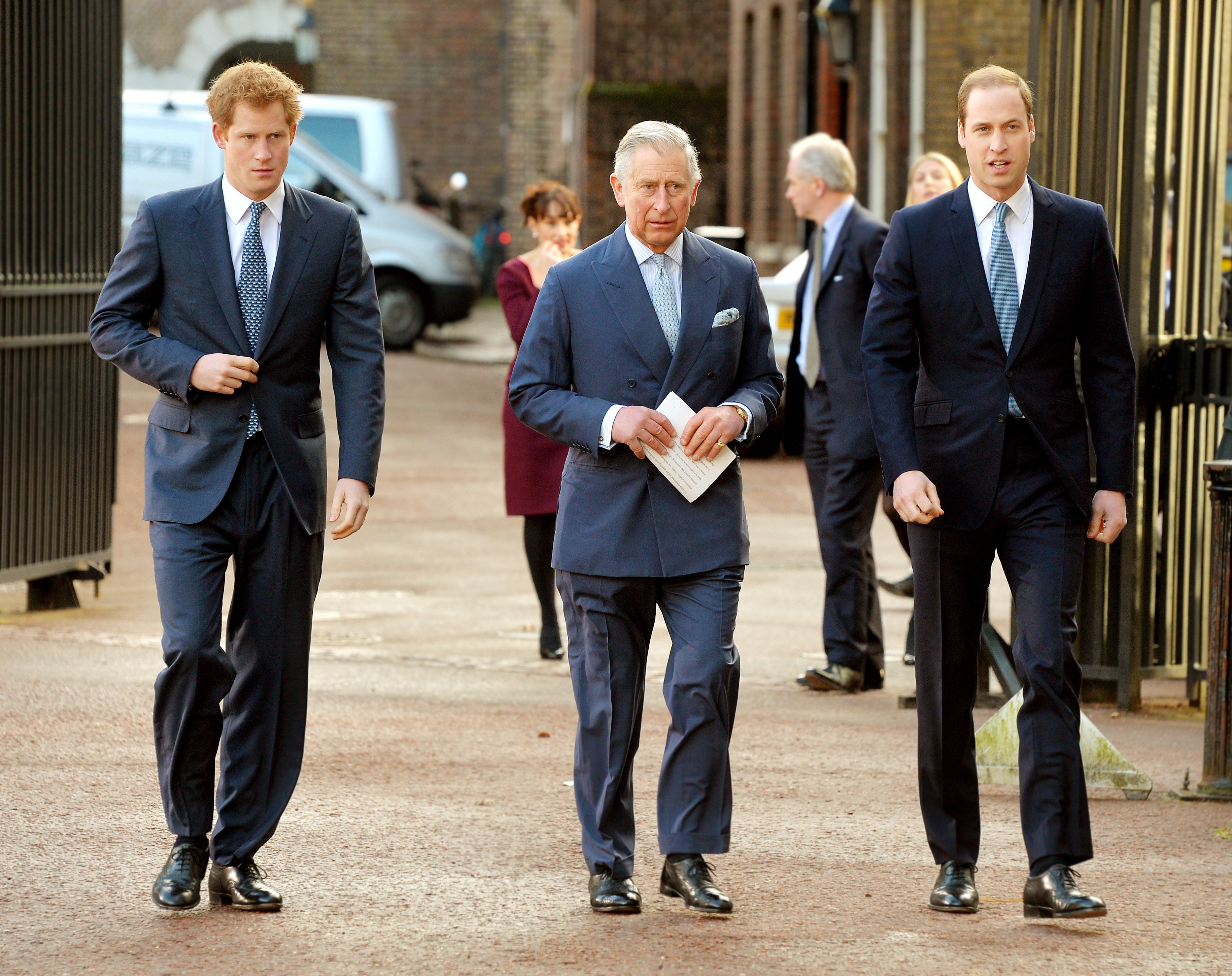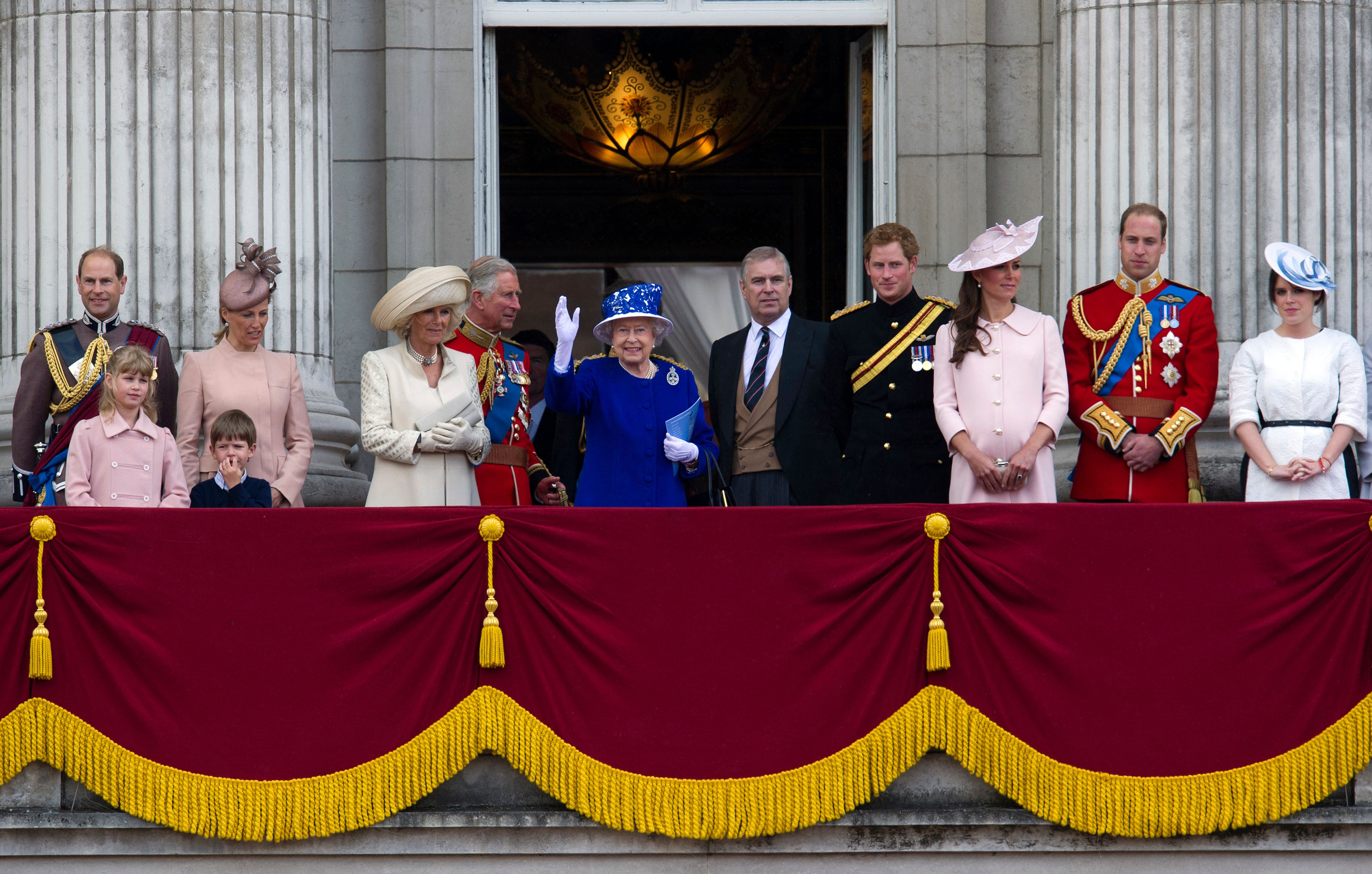What is the royal family’s surname?
The royal family name of Windsor was confirmed by the Queen after her accession in 1952
Your support helps us to tell the story
From reproductive rights to climate change to Big Tech, The Independent is on the ground when the story is developing. Whether it's investigating the financials of Elon Musk's pro-Trump PAC or producing our latest documentary, 'The A Word', which shines a light on the American women fighting for reproductive rights, we know how important it is to parse out the facts from the messaging.
At such a critical moment in US history, we need reporters on the ground. Your donation allows us to keep sending journalists to speak to both sides of the story.
The Independent is trusted by Americans across the entire political spectrum. And unlike many other quality news outlets, we choose not to lock Americans out of our reporting and analysis with paywalls. We believe quality journalism should be available to everyone, paid for by those who can afford it.
Your support makes all the difference.Queen Elizabeth II died aged 96 on Thursday (8 September) at Balmoral Castle.
She spent 70 years as head of state, outlasting her predecessors and overseeing monumental changes in British social and political life.
However, one thing that many people might wonder about the late monarch and her family is why they don’t use their surnames.
Here’s what you need to know:
What’s the history of royal surnames in the UK?
Before 1917, members of the royal family had no surname, only the name of the house or dynasty they belonged to.
According to the royal family’s official website, kings and princes were historically known by the names of the countries over which they and their families ruled. Kings and queens, therefore, wrote their signatures by their first names only.
The names of dynasties tended to change when the line of succession was taken by a rival faction within the family – or when succession passed to a different family branch through women.

So what is the royal family’s surname?
Just as children often take their surnames from their fathers, so sovereigns take the name of their respective House from their fathers.
For this reason, Queen Victoria’s eldest son Edward VII belonged to the House of Saxe-Coburg-Gotha – the family name of his father, Prince Albert.
However, there was a radical change in 1917, when George V adopted Windsor – not only as the name of the House or dynasty but also as the surname of his family.
The family name was changed as a result of anti-German sentiment during the First World War, with Windsor chosen after the castle of the same name.
The royal family name of Windsor was confirmed by Queen Elizabeth II after her accession in 1952.
However, in 1960, the Queen and Prince Philip decided that they would like their own direct descendants to be distinguished from the rest of the royal family, as Windsor is the surname used by all the male and unmarried female descendants of George V.

It was therefore declared in the Privy Council that the Queen’s descendants, other than those with the style of Royal Highness and the title of Prince/Princess, or female descendants who marry, would carry the name of Mountbatten-Windsor.
Why don’t royal family members use their surname?
Due to the constantly changing last names, the royal family prefers not to use them.
For instance, when the Duke of Wales and Duke of Sussex were attending school, they were referred to as William Wales and Harry Wales, derived from their father King Charles III’s title of the Prince of Wales at the time.
Similarly, Prince George and his siblings adopted the surname Cambridge for their time at school, coming from William’s previous title of Duke of Cambridge.
As these are not commonly used, it is best to refer to either the royal family member’s first name or their title.
Follow the latest updates following the death of Queen Elizabeth II here

Join our commenting forum
Join thought-provoking conversations, follow other Independent readers and see their replies
Comments